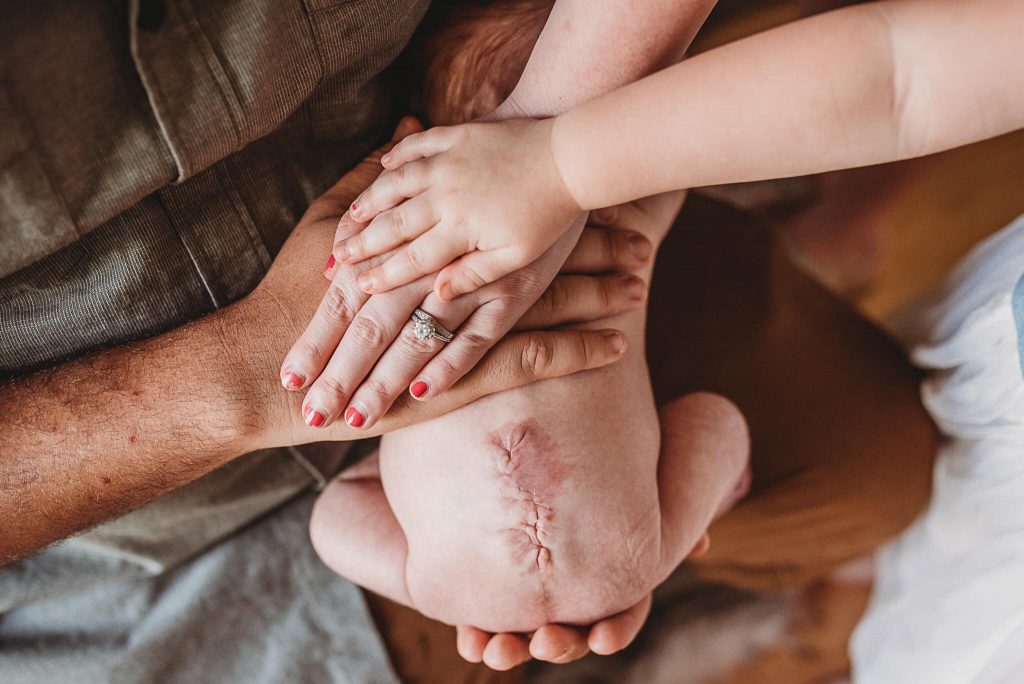 Source: bing.com
Source: bing.comTable of Contents
What is Spina Bifida?
Spina Bifida is a congenital disorder where the spinal cord or the covering of the spinal cord, doesn’t fully develop, leaving a gap or an opening in the spine. This condition affects approximately 1 in every 1000 newborns in the United States. It is a complex disorder, and no one knows precisely what causes it. However, researchers believe that genetics and environmental factors may play a role.
How Does Spina Bifida Develop?
Spina Bifida is a birth defect that occurs during the first month of pregnancy when the neural tube doesn’t close correctly. The neural tube is a narrow channel that forms in the embryo’s first month and eventually develops into the baby’s brain and spinal cord. If the neural tube doesn’t close correctly, it can lead to various neural tube defects, including spina bifida.
Environmental Factors
Studies show that some environmental factors may contribute to the development of Spina Bifida. These include a lack of folic acid, exposure to toxins, and certain medications. Folic acid is a type of B vitamin that plays a crucial role in the development of the neural tube. Women who take the recommended amount of folic acid before and during early pregnancy can reduce the risk of having a baby with Spina Bifida by up to 70%.
Genetic Factors
In some cases, Spina Bifida can be inherited. If a parent has the condition, there is a higher chance of their child developing the disorder. However, most babies with Spina Bifida are born to parents with no history of the condition.
Types of Spina Bifida
There are three types of Spina Bifida:
1. Occulta
This is the mildest form of Spina Bifida, and it usually goes unnoticed as it doesn’t cause any significant symptoms. In Occulta, the spinal cord doesn’t protrude out of the opening in the spine, and there is no visible sac on the back.
2. Meningocele
In Meningocele, the spinal cord develops correctly, but the meninges, which are the protective covering of the spinal cord, protrude from the opening in the spine. This type of Spina Bifida can cause mild to severe symptoms, depending on the size and location of the sac.
3. Myelomeningocele
This is the most severe form of Spina Bifida, where the spinal cord and its protective covering protrude from the opening in the spine. This type of Spina Bifida can cause significant disabilities, including paralysis, bladder and bowel problems, and learning difficulties.
Treatment for Spina Bifida
There is no cure for Spina Bifida, but various treatments can help manage the symptoms and improve the quality of life for babies with the condition. Treatment usually involves surgery to close the gap in the spine and prevent further damage to the spinal cord. Other treatments may include medication, physical therapy, and assistive devices such as braces, crutches, or wheelchairs.
Conclusion
Spina Bifida is a complex congenital disorder that affects the development of the spinal cord and its protective covering. While there is no cure for Spina Bifida, various treatments can help manage the symptoms and improve the quality of life for babies with the condition. It’s important to remember that Spina Bifida is not caused by anything the mother did or didn’t do during pregnancy. However, taking folic acid before and during early pregnancy can significantly reduce the risk of having a baby with Spina Bifida.
Frequently Asked Questions
1. Can Spina Bifida be prevented?
While there is no way to prevent Spina Bifida entirely, taking folic acid before and during early pregnancy can reduce the risk of having a baby with the condition.
2. What are the symptoms of Spina Bifida?
The symptoms of Spina Bifida vary depending on the severity of the condition. In the mildest form, there may be no noticeable symptoms, while in the most severe form, there may be significant disabilities, including paralysis, bladder and bowel problems, and learning difficulties.
3. Is Spina Bifida inherited?
In some cases, Spina Bifida can be inherited. If a parent has the condition, there is a higher chance of their child developing the disorder.
4. Can babies with Spina Bifida lead a normal life?
While babies with Spina Bifida may face some challenges, with proper treatment and management, they can lead fulfilling and productive lives.
5. Is Spina Bifida contagious?
No, Spina Bifida is not contagious.
